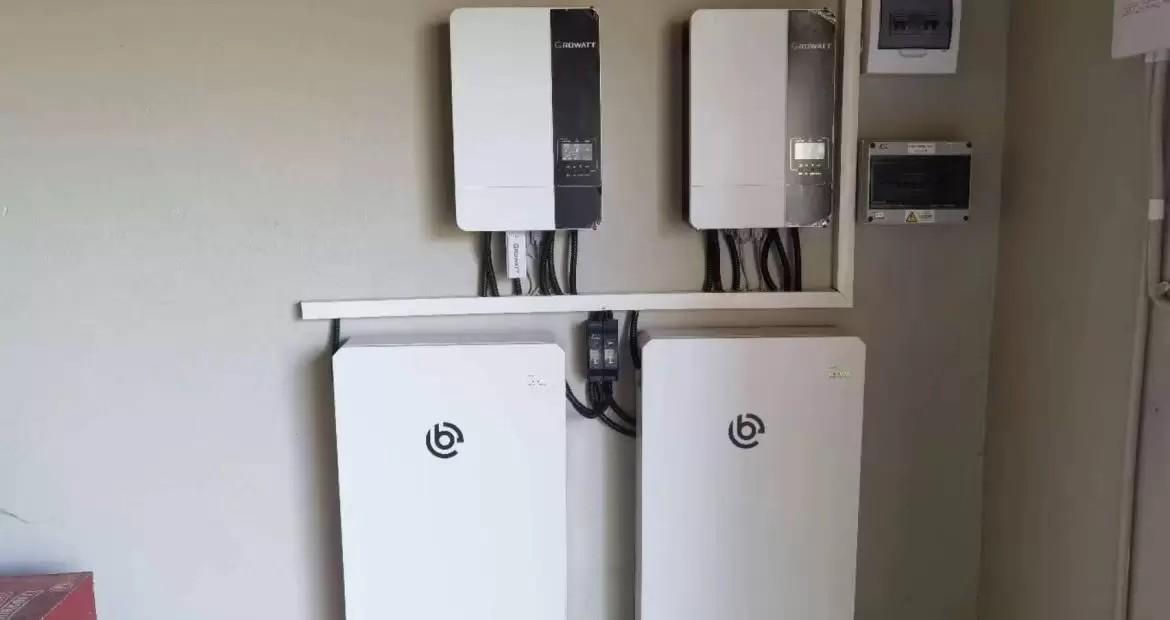
As home solar and self-powered energy systems grow in popularity, selecting the right battery capacity and configuration has become a crucial step for households looking to boost their energy independence. A battery must not only store enough electricity but also be safe, reliable, long-lasting, and well-matched to the home’s power consumption and solar setup. This article offers practical technical guidance—from choosing the right battery chemistry to calculating capacity, and from charge-discharge matching to key design considerations. With clear steps, real-life examples, and sample calculations, we’ll help you make informed decisions so your home energy storage system is both efficient and built to last.
When selecting a battery chemistry for home use, lithium iron phosphate (LiFePO4 or LFP) stands out for its safety, long cycle life, and high usable capacity—making it the go-to option for most recent home storage installations. LFP cells typically deliver thousands of cycles (often 3,000–5,000 under normal use) and excellent thermal stability. A properly specified LFP battery can easily last a decade or more in residential applications.
LFP also boasts high round-trip efficiency—the percentage of energy you get back after charging and discharging. Quality LFP systems typically achieve around 90–98% round-trip efficiency, helping you get the most out of every kWh generated by your solar panels.
It’s easy to fall into a few common traps when sizing your battery. Here’s what to watch for:
1. Relying Only on Daily Energy or Peak Power
While average daily kWh usage and peak load are important, they’re not the whole story. You also need to consider: maximum inverter and battery power (kW), how quickly the battery can charge and discharge, when your high loads occur, and whether solar will partly power your home while grid-tied.
2. Confusing Nameplate Capacity with Usable Capacity
A battery’s nameplate capacity (e.g., 10 kWh) is not what you can actually use daily. Usable capacity depends on the Depth of Discharge (DoD) you choose to extend battery life. For LFP, a typical DoD is around 80% (cycling between 10%–90% State of Charge), meaning a 10 kWh nominal battery offers about 8 kWh usable energy.
3. Thinking “Bigger Is Always Better”
A larger battery costs more and may sit underutilized if your solar generation or load profile doesn’t justify it. Oversizing without considering PV charging capability or financial payback can lead to wasted investment.
4. Designing for Perfect Conditions (Ignoring Real-World Losses)
Real systems have losses—inverter inefficiency, wiring loss, and battery aging. Always include a buffer. Otherwise, you may find the battery can’t meet your needs on cloudy days or as it ages.
Here’s a straightforward way to size your battery for three typical scenarios:
Scenario A — Self-Consumption (Reduce Bills, Grid-Stable)
Goal: Maximize use of solar energy to cut grid electricity purchases.
Sizing Steps:
- Determine average daily consumption (kWh) and the portion covered by solar.
- Decide how many hours or days of backup you want (e.g., overnight or for one cloudy day).
- Convert usable energy needed into nominal battery capacity using DoD and round-trip efficiency.
Rule of Thumb:
Nominal capacity (kWh) ≈ Usable energy needed ÷ (DoD × Round-trip efficiency)
Example:
For 8 kWh usable per night, with 80% DoD and 95% efficiency:
10.5 kWh nominal ≈ 8 ÷ (0.8 × 0.95)
Scenario B — Peak-Shaving (Time-of-Use Tariffs)
Goal: Use stored energy during high-cost peak periods (e.g., 5 PM–10 PM).
Sizing Steps:
- Estimate energy used during peak hours.
- Decide what percentage should come from the battery.
- Apply the same DoD and efficiency conversion.
Example:
Peak window demand = 20 kWh; battery to supply 50% → 10 kWh usable needed.
With 95% efficiency and 80% DoD:
13.2 kWh nominal ≈ 10 ÷ 0.95 ÷ 0.8
Scenario C — Backup Power (Grid Outages)
Goal: Keep essential appliances running during outages.
Sizing Steps:
- List critical loads (watts) and sum them.
- Estimate outage duration (hours).
- Calculate usable energy needed = total watts × hours ÷ 1000.
- Add a margin for inverter loss, startup surges, and aging.
- Convert to nominal capacity using DoD and efficiency.
Example:
4 fans × 550 W = 2,200 W; outage duration = 4 hours
Usable needed = 8.8 kWh
Nominal capacity ≈ 11.6 kWh (with 95% efficiency, 80% DoD)
Make sure your solar array can recharge the battery in a reasonable time. Use peak sun hours to estimate daily solar generation:
Array size (kW) × Peak sun hours = Daily energy (kWh)
Example:
A 48V, 800Ah battery has 38.4 kWh nominal capacity.
With a 5 kW solar array and 4 peak sun hours:
Daily generation = 20 kWh
Time to fully recharge ≈ 1.92 days
This highlights why solar capacity must match battery size.
1. PV Array and Charger Power
Your solar system must be able to recharge the battery during sun hours. Size PV and battery together for realistic payback and availability.
2. Redundancy and Reserve Margin
Include a 10–20% buffer above calculated capacity to cover system losses and battery degradation over time.
- ✅ Obtain accurate hourly load data (via smart meter).
- ✅ Choose chemistry and DoD consciously (LFP with 80% DoD is recommended).
- ✅ Match battery capacity to PV charging capability and desired autonomy.
- ✅ Verify inverter/charger ratings against your loads.
- ✅ Plan for degradation—allow for reduced usable capacity over time.
- LFP is the recommended choice for safety and longevity.
- Size based on usable energy needed, then convert to nominal capacity using DoD and efficiency.
- Avoid oversizing without confirming PV recharge capability.
- Include a 10–20% reserve for losses and aging. Use system monitoring to optimize performance over time.
Next:None
Previous:588Ah! CORNEX Unveils Next Generation Energy Storage Battery!